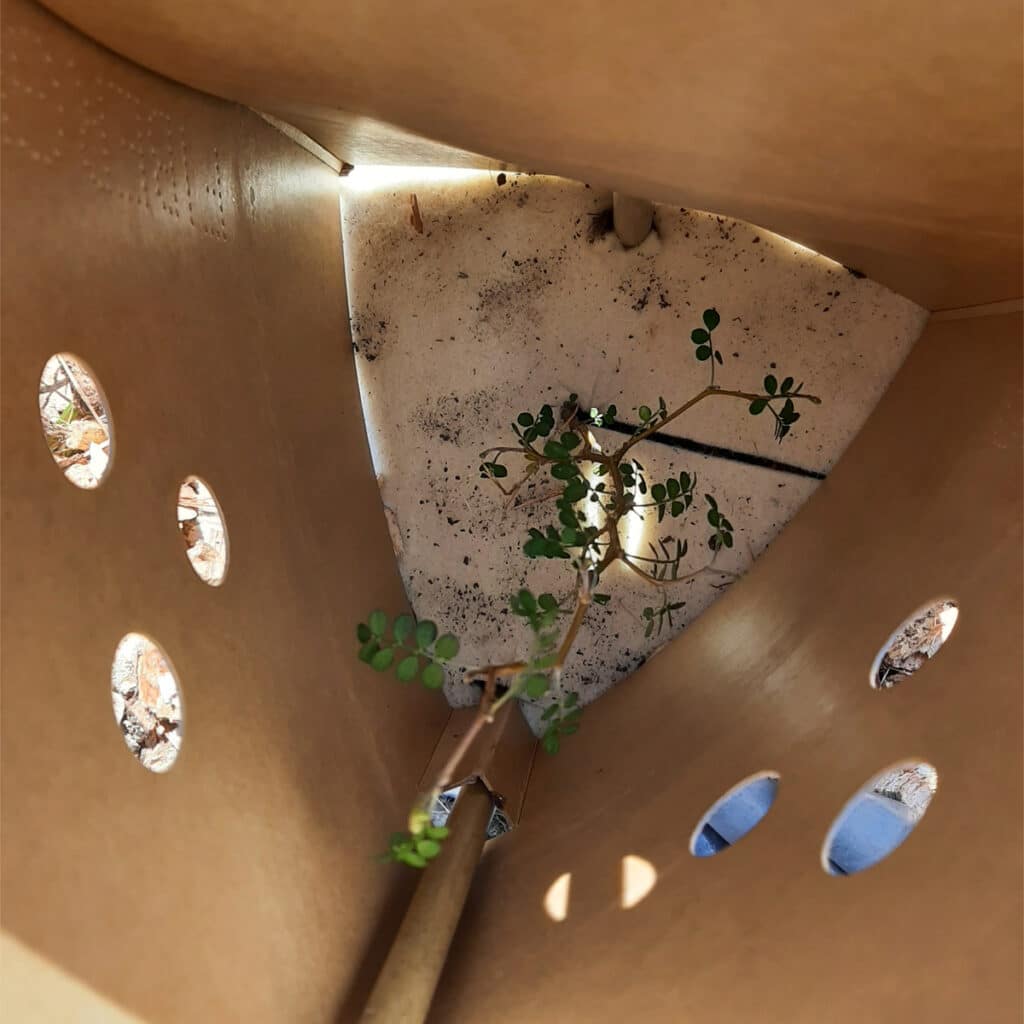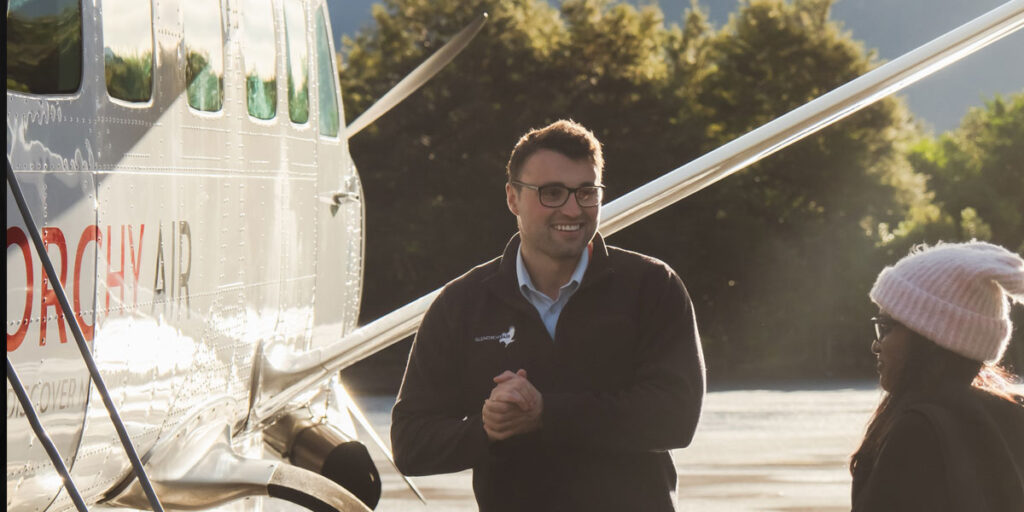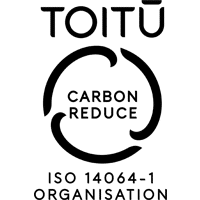The team at Glenorchy Air embarked on an exciting day, partnering with Love Queenstown and Mana Tāhuna Charitable Trust to plant native trees near Lake Hayes, a quick drive outside of Queenstown. We started our day with a wonderful Karanga, a welcoming call, by the team, followed up with some history on the Wai Whakaata Wetlands restoration project.
To date, over 15,000 native trees and plants have been planted in the wetland area we’d be working in. This is to bring back the native species and increase biodiversity. Multiple planting methods, including container planting, direct planting and brush matting, are being used to ensure the survival of the plants and trees. Consultation with local iwi and the incorporation of Mahinga Kai goes into the restoration efforts to ensure that Ngāi Tahu cultural values are integrated into the project. Ngāi Tahu is the principle iwi for the South Island.
The planting is part of a much larger plan to purify the water flowing into Waiwhakaata Lake Hayes. This focused on the catchment area further upstream in the Coronet Peak local all the way down the tributaries to the lake. Sediment and nutrient deposits in the lake can cause increases in algal blooms, which can become toxic. One aim of the program is to reduce the run-off so that the lake becomes swimmable.
The land beside the lake in the Lake Hayes Reserve is being cleared of willows and the clear area at the north end of the lake is where our team focused our efforts planting a variety of native plants. There were about 10 species to plant, from flax to coprosma, and kowhai to manuka.

It was a fun process to get each seedling planted, our team picking up a fun rhythm doing each step and ending up with a wee cardboard box surrounding the plant. They protect the vulnerable plant from predation by rabbits and will get removed once the plant is more securely established.
We found out how important it is to eliminate air bubbles in the soil around the plant roots and the staff member teaching us gave us the analogy that you use ninja hands to poke the air out of the soil. Once the soil is packed down beside the plant, you can test that it is firmly rooted by giving it a little tug to make sure its firm.
In the picture below, you can see the biodegrade mat that is placed around the base of the plant to give added protection. Can you tell what plant this one is? Hint, it’s the Te Reo name for yellow.

It was a really rewarding day when the team finished, seeing an array of assembled boxes lined up in the areas we had been working on. About 1,000 plants were planted here over a few days.
Learn more about our commitment to sustainability here.











